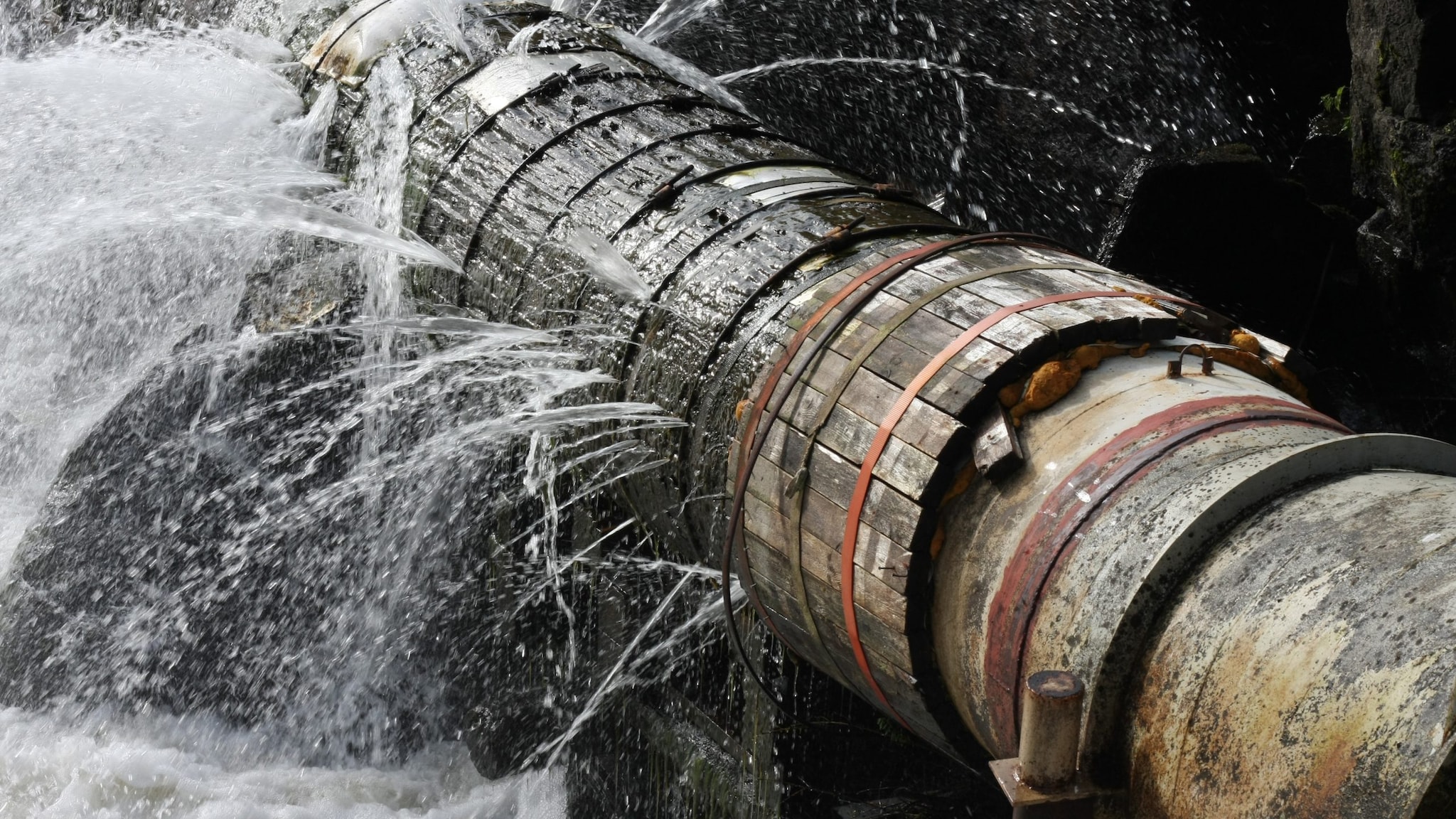What to know
Dampness and mold in buildings are common problems and public health concerns. There are steps workers, management, and building owners can take to prevent problems from getting worse and causing health effects in occupants.

Workers
If you suspect health problems are caused by exposure to building-related dampness or mold, you should:
- Report concerns immediately to your supervisor or building maintenance.
- See your doctor for proper diagnosis and treatment.
- Ask your doctor whether you should be medically restricted from the affected environment (e.g., work from a different location).
Management and building owners
Management and building owners can establish an indoor environmental quality team consisting of building employees, employers, and building management. The EPA Indoor Air Quality Tools for Schools Action Kit can be used as a model for such a program.
When workers report health problems related to exposure to dampness or mold, managers and owners should:
- Respond when worker health concerns are reported.
- Keep a record of when, where, and how much mold or water-damaged materials or areas are identified. Also record what has been done to fix underlying problems leading to the water damage. The NIOSH Dampness and Mold Assessment Tool (DMAT) can be used to assess indoor spaces and ensure repairs and remedial actions are effective. There is a DMAT for general buildings and for schools.
- Inform workers about steps being taken to assess the mold or dampness problem, what remediation actions have been determined, and what needs to be determined.
- NIOSH [2012]. NIOSH Alert: Preventing occupational respiratory disease from exposures caused by dampness in office buildings, schools, and other nonindustrial buildings. Morgantown, WV: U.S. Department of Health and Human Services, Public Health Service, Centers for Disease Control and Prevention, National Institute for Occupational Safety and Health, DHHS (NIOSH) Publication No. 2013-102, http://www.cdc.gov/niosh/docs/2013-102/.
- NIOSH [2018]. Dampness and mold assessment tool for general buildings – Form & instructions. Cox-Ganser J, Martin M, Park JH, Game S. Morgantown WV: U.S. Department of Health and Human Services, Centers for Disease Control and Prevention, National Institute for Occupational Safety and Health, DHHS (NIOSH) Publication No. 2019-115, https://www.cdc.gov/niosh/docs/2019-115/.
- NIOSH [2018]. Dampness and mold assessment tool for school buildings – Form & instructions. Cox-Ganser J, Martin M, Park JH, Game S. Morgantown WV: U.S. Department of Health and Human Services, Centers for Disease Control and Prevention, National Institute for Occupational Safety and Health, DHHS (NIOSH) Publication No. 2019-114, https://www.cdc.gov/niosh/docs/2019-114/.
- Park J-H and Cox-Ganser JM [2022]. NIOSH dampness and mold assessment tool (DMAT): Documentation and data analysis of dampness and mold-related damage in buildings and its application. Buildings 12(8):1075, https://doi.org/10.3390/buildings12081075.
